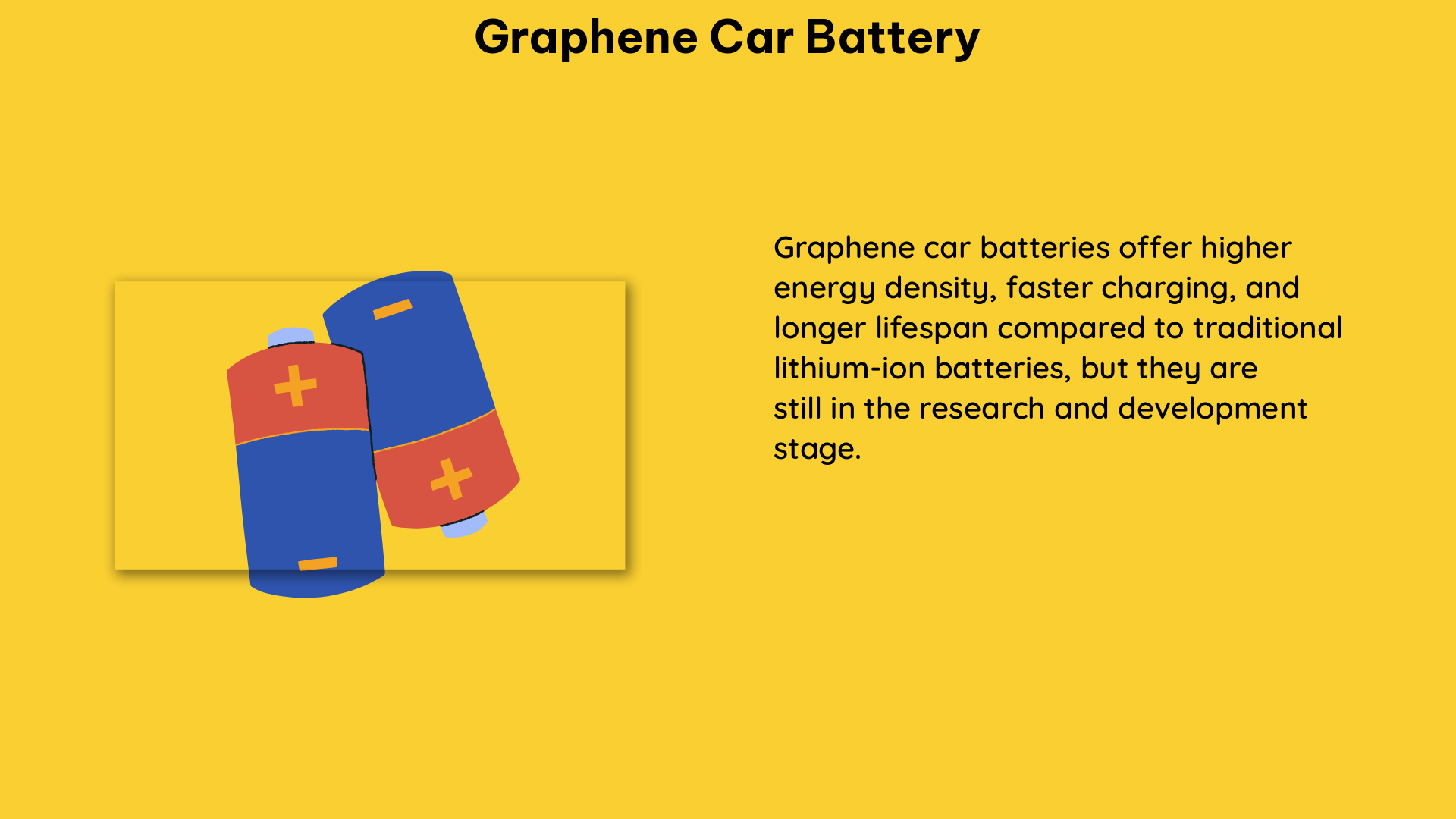Graphene, a revolutionary material composed of a single layer of carbon atoms, has the potential to transform the automotive industry by redefining the performance and longevity of car batteries. With its exceptional electrical conductivity, mechanical strength, and thermal stability, graphene offers a promising solution to the challenges faced by traditional battery technologies.
Graphene’s Impact on Battery Performance
Charge/Discharge Rates
Graphene’s high electrical conductivity allows for faster charge and discharge rates, enabling electric vehicles to be recharged more quickly and efficiently. Studies have shown that graphene-based anodes can achieve charge/discharge rates up to 10 times faster than conventional graphite anodes, significantly reducing charging times.
Energy Density
The unique structure of graphene allows for the storage of more energy per unit volume, resulting in increased energy density. Graphene-based batteries have been reported to achieve energy densities up to 2.5 times higher than traditional lithium-ion batteries, translating to longer driving ranges for electric vehicles.
Cycle Life
Graphene’s mechanical strength and stability help to mitigate the degradation of battery electrodes during charge/discharge cycles, leading to an extended cycle life. Researchers have demonstrated that graphene-based batteries can maintain over 90% of their initial capacity after thousands of cycles, far surpassing the performance of conventional battery technologies.
Quantifying Graphene Battery Metrics

Watt-Hours
Watt-hours (Wh) are a standard measure of a battery’s capacity, indicating the amount of energy (in watts) a battery can deliver in an hour. Graphene-based batteries have been reported to achieve watt-hour capacities up to 300 Wh/kg, a significant improvement over the 150-200 Wh/kg typical of lithium-ion batteries.
Energy Density
Energy density, measured in Wh/L, represents the amount of energy a battery can store per unit volume. Graphene-based batteries have demonstrated energy densities ranging from 400 to 600 Wh/L, compared to 250-350 Wh/L for lithium-ion batteries.
Specific Energy
Specific energy, measured in Wh/kg, is a measure of the amount of energy a battery can store per unit of mass. Graphene-based batteries have been reported to achieve specific energy values of 200-300 Wh/kg, outperforming the 100-250 Wh/kg range of conventional lithium-ion batteries.
Commercial Viability of Graphene Batteries
Cost and Scalability
One of the key factors for the commercial success of graphene-based batteries is their cost and scalability. Researchers are actively working to develop cost-effective manufacturing processes to enable mass production and make graphene-based batteries competitive with existing battery technologies.
Safety and Reliability
Ensuring the safety and reliability of graphene-based batteries is crucial for their widespread adoption in the automotive industry. Extensive testing and validation are being conducted to ensure that these batteries meet or exceed industry standards for safety, thermal stability, and overall performance.
Market Potential
The global Graphene Batteries Market is expected to grow at a CAGR of over 30% from 2024 to 2032, reaching a market size of over $1.5 billion by 2032. This rapid growth reflects the increasing demand for high-performance, energy-efficient battery solutions in the automotive and other industries.
Conclusion
Graphene-based batteries hold immense promise for the future of the automotive industry, offering significant improvements in performance, energy density, and cycle life. As research and development continue to advance, the commercial viability of graphene-based batteries is becoming increasingly promising, with the potential to revolutionize the way we power our vehicles.
References:
– The emergence of graphene research topics through interactions within and beyond | Quantitative Science Studies | MIT Press
– 8 battery metrics that really matter to performance | Sila
– Graphene Batteries Market Research Report on Regional Size and … Graphene Battery Market Analysis 2024-2032 – LinkedIn
– Quantifying the state of the art of electric powertrains in battery …

The lambdageeks.com Core SME Team is a group of experienced subject matter experts from diverse scientific and technical fields including Physics, Chemistry, Technology,Electronics & Electrical Engineering, Automotive, Mechanical Engineering. Our team collaborates to create high-quality, well-researched articles on a wide range of science and technology topics for the lambdageeks.com website.
All Our Senior SME are having more than 7 Years of experience in the respective fields . They are either Working Industry Professionals or assocaited With different Universities. Refer Our Authors Page to get to know About our Core SMEs.